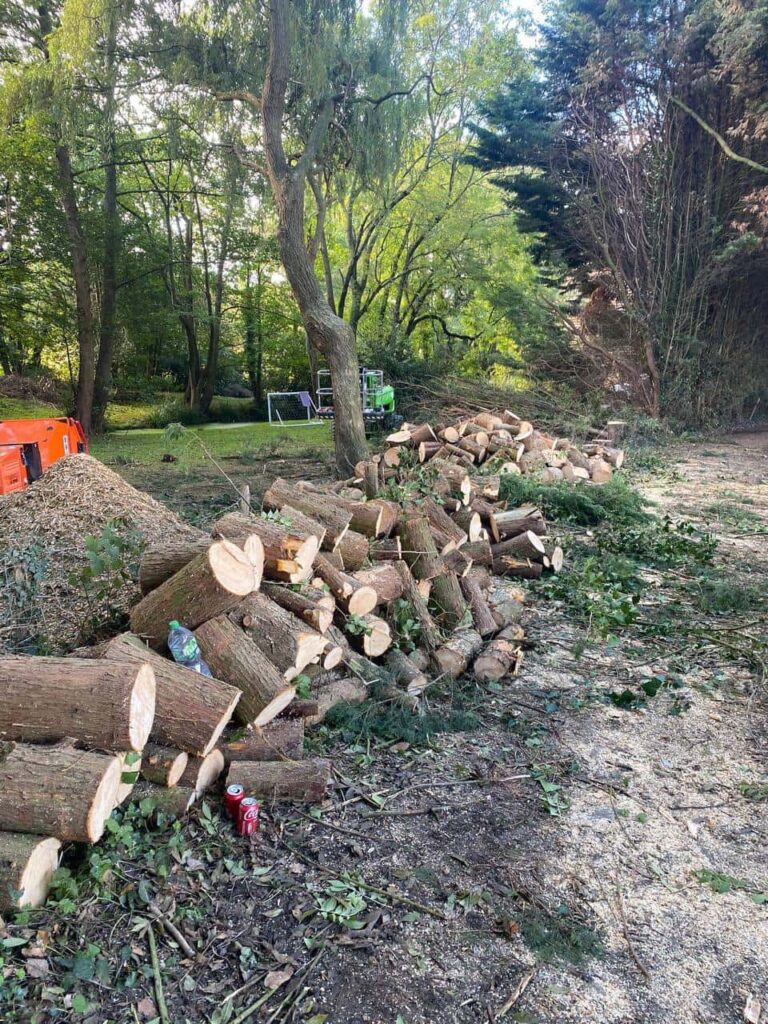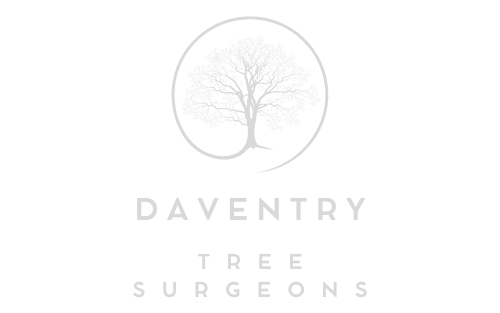Balancing Act: The Environmental Impact of Tree Trimming
Introduction: In the delicate dance between humans and nature, tree trimming occupies a central role, offering benefits and potential environmental drawbacks. At Daventry Tree Surgeons, we recognise the importance of striking a balance between the preservation of natural ecosystems and the need for responsible tree care practices. In this blog post, we’ll delve into the environmental impact of tree trimming, exploring both its positive contributions and potential challenges.
1. Promoting Tree Health and Vitality:
One of the primary objectives of tree trimming is to promote the health and vitality of trees, which in turn benefits the surrounding environment. By removing dead, diseased, or structurally compromised branches, arborists improve air circulation, reduce the risk of pest infestations, and stimulate new growth. Healthy trees play a vital role in supporting biodiversity, providing habitat and food sources for wildlife, and contributing to ecosystem resilience.
2. Mitigating Safety Hazards:
Overgrown or improperly maintained trees can pose safety hazards to people, property, and the environment. Deadwood, weak branches, and overhanging limbs are at risk of falling during storms, posing risks to pedestrians, vehicles, and structures below. By proactively trimming trees to remove hazardous branches, arborists reduce the likelihood of accidents and injuries, safeguarding human safety and environmental integrity.
3. Enhancing Aesthetic Appeal:
Well-maintained trees contribute to the aesthetic beauty of landscapes, parks, and urban areas, enhancing the overall quality of the environment. Strategic tree trimming can improve sight lines, create open vistas, and accentuate natural features, enhancing the visual appeal of outdoor spaces. Tree trimming fosters a sense of connection with nature and promotes outdoor enjoyment and recreation by cultivating attractive and inviting environments.
4. Supporting Sustainable Land Management:
Tree trimming is crucial in sustainable land management practices, helping maintain balanced ecosystems and prevent environmental degradation. By selectively thinning out dense vegetation, arborists reduce competition for resources such as sunlight, water, and nutrients, promoting the growth of healthy and resilient plant communities. Additionally, tree trimming can help control invasive species and restore native habitats, contributing to biodiversity conservation and ecosystem health.
5. Potential Drawbacks and Challenges:
While tree trimming offers numerous environmental benefits, it’s essential to acknowledge that improper or excessive pruning practices can have negative consequences. Over-pruning or indiscriminate cutting can weaken trees, disrupt natural growth patterns, and increase vulnerability to pests and diseases. Removing large branches or canopy sections can also impact wildlife habitat and disrupt ecological processes. Therefore, arborists must exercise caution and adhere to best practices to minimise environmental negative impacts.
Conclusion: Tree trimming plays a complex and nuanced role in environmental management, offering benefits and challenges for ecosystems and communities. When performed responsibly and with careful consideration for ecological factors, tree trimming can promote tree health, mitigate safety hazards, enhance aesthetic appeal, support sustainable land management, and contribute to biodiversity conservation.
Call us on: 01327 225 195
Click here to find out more about Daventry Tree Surgeons
Click here to complete our contact form and see how we can help with your tree’s needs.

